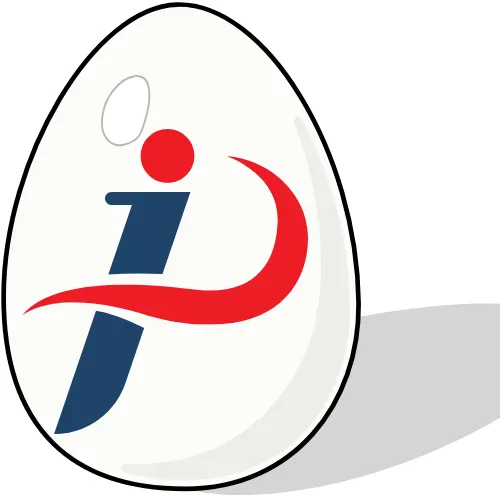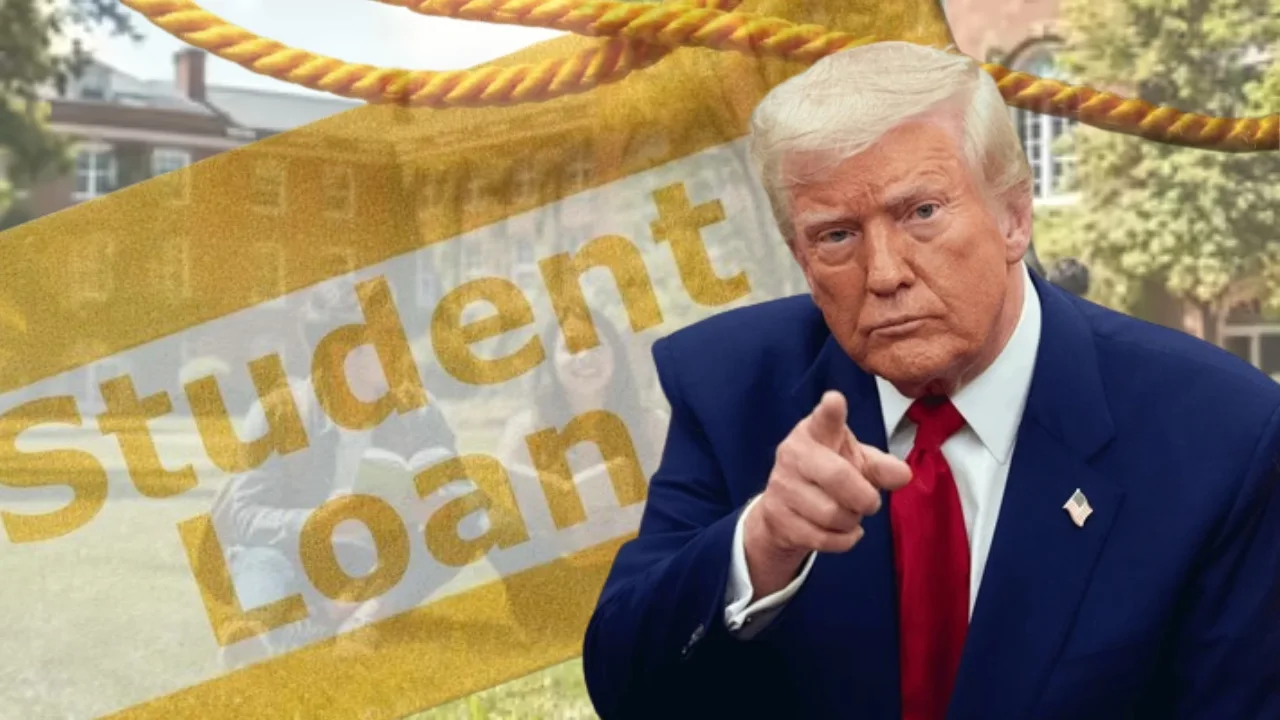In a move that marks the most comprehensive overhaul of higher education finance in more than two decades, the U.S. Department of Education is preparing to implement major student loan changes under the One Big Beautiful Bill Act (OBBBA). These reforms—effective beginning November 2025—will reshape how over 40 million federal borrowers repay their debt, qualify for forgiveness, and manage interest accumulation.
With total student debt now exceeding $1.6 trillion, officials claim the new framework will simplify repayment and ensure long-term sustainability for federal lending. But analysts and borrower advocates are divided. While the reforms promise clarity and consistency, they also reduce relief options and tighten forbearance policies, potentially increasing pressure on millions of Americans already struggling with debt.
“This is the biggest shift since the 1990s,” says Dr. Elaine Walsh, a higher education economist. “It may stabilize the system financially, but for many borrowers, it could mean longer payments and fewer safety nets.”
Major Student Loan Changes in November 2025: Overview
| Policy Area | Previous System | OBBBA Reform (Effective 2025–2028) |
|---|---|---|
| Repayment Plans | Multiple income-driven and standard options | Replaced by 2 streamlined plans |
| Interest Subsidies | SAVE and PAYE plans waived unpaid interest | Interest resumes in 2025 |
| Forbearance Limits | Up to 12 months per 2 years | Reduced to 9 months |
| Graduate Borrowing | No lifetime limit | $100K–$200K lifetime caps |
| Parent PLUS Loans | No formal cap | $20K/year, $65K lifetime |
| Default Collections | Paused since 2020 | Resume May 2025 |
| Implementation Period | Ongoing from 2025 | Full rollout by July 2028 |
The New Repayment Framework (Effective July 1, 2026)
The Department of Education will replace existing income-driven repayment (IDR) options—like SAVE, PAYE, REPAYE, and IBR—with a simplified, two-track system:
1. Repayment Assistance Plan (RAP)
- Minimum monthly payment: $10
- Forgiveness timeline: 30 years
- Interest: No capitalization (interest doesn’t compound if unpaid)
- Designed for low-income and moderate earners seeking manageable monthly payments.
2. Revised Standard Plan
- Fixed monthly payments based on income and debt size.
- Shorter payoff period (10–20 years) but higher monthly costs.
- Intended for borrowers who can afford more aggressive repayment schedules.
Borrowers currently enrolled in older IDR plans can keep their existing arrangements temporarily, but all participants must transition by July 2028.
“The government wants a streamlined, predictable repayment model,” explains Ben Rodriguez, Director of Federal Loan Policy. “But the transition may be bumpy for those used to the flexibility of past programs.”
New Borrowing Caps: Limits for Graduate and Parent PLUS Loans
The OBBBA introduces strict lifetime borrowing limits for graduate and professional students, a first in federal loan history.
| Borrower Type | New Lifetime Borrowing Cap |
|---|---|
| Graduate Students | $100,000 |
| Medical & Law Students | $200,000 |
| Parent PLUS Loans | $20,000 per year, $65,000 lifetime |
Previously, these programs had no set limits, allowing families and graduate students to borrow extensively. The new caps aim to curb over-borrowing and reduce future default risk—but critics argue they could limit access to higher education for lower-income students.
“Capping graduate loans will force more students toward private lenders,” warns Dr. Mariah Green, a professor of education finance. “It could deepen inequities in professional education.”
End of Interest Protections and the Return of Collections
One of the most controversial aspects of the reform is the termination of interest subsidies under the SAVE Plan.
Beginning August 1, 2025, unpaid interest will once again accrue on most federal loans, meaning borrowers who can’t afford full payments will see balances grow. This change impacts approximately 7.7 million borrowers who currently benefit from zero-interest accumulation.
Additionally, the resumption of default collections will take effect in May 2025, reactivating:
- Wage garnishment (up to 15% of disposable income)
- Tax refund offsets
- Social Security benefit garnishment
These enforcement tools were suspended during the pandemic but are being reinstated as part of a “return to normal operations.”
“The end of interest relief and the restart of collections will hit vulnerable borrowers first,” notes Karen Porter, Director of the Borrower Defense Network. “Many could fall behind within months.”
Reduced Relief Options: Forbearance and Deferment Limits
The OBBBA limits access to temporary payment relief in an effort to prevent borrowers from remaining in extended forbearance periods.
Key Changes:
- Forbearance capped at 9 months in any two-year window.
- Hardship deferments will no longer be available for loans disbursed after July 2027.
- Interest continues to accrue during most relief periods.
Borrowers are instead encouraged to use the Repayment Assistance Plan (RAP), which provides low payments without pausing progress toward forgiveness.
Timeline of Key Changes (2025–2028)
| Date | Policy Change |
|---|---|
| May 2025 | Default collections resume |
| August 2025 | End of SAVE Plan interest subsidies |
| November 2025 | OBBBA implementation begins |
| July 2026 | New repayment plans (RAP & Revised Standard) launch |
| July 2028 | Deadline for all borrowers to transition to new plans |
How Borrowers Can Prepare?
With major reforms rolling out over the next three years, preparation is essential. Borrowers should:
- Review your current repayment plan. See if it’s income-driven and when it might expire.
- Enroll early in available IDR programs before they’re phased out.
- Avoid default—collections will resume soon.
- Build an emergency savings fund to buffer higher payments.
- Check your loan servicer communications regularly for transition notices.
- Update contact information with the Department of Education and your loan servicer.
“Borrowers who stay informed and proactive will have the smoothest transition,” advises Jessica White, Federal Student Aid spokesperson.
Why This Reform Matters?
The 2025–2028 student loan overhaul marks a defining moment for American higher education finance. It seeks to balance fiscal sustainability with borrower accountability, but its success will depend on how effectively the Department of Education manages the transition and communicates with borrowers.
For millions, the changes mean new rules, fewer options, and a renewed need for financial literacy. For others, it could mean the first step toward long-term stability.
“This is not just a technical adjustment,” concludes Dr. Walsh. “It’s a redefinition of what it means to borrow for college in America.”
Frequently Asked Questions
When do the new repayment plans take effect?
The new plans launch on July 1, 2026, with all borrowers required to transition by July 2028.
Will interest rates rise under the new system?
No. Interest rates remain the same, but unpaid interest will resume compounding for millions starting August 2025.
Are existing borrowers subject to the new loan limits?
No. Borrowing caps apply only to new federal loans disbursed after July 2027.
What happens when collections restart?
Borrowers in default could face wage garnishment, tax refund offsets, and other recovery actions starting May 2025.
How can I avoid payment shocks?
Compare your current plan with the new RAP and Revised Standard options, and begin budgeting for potential changes in 2026.

